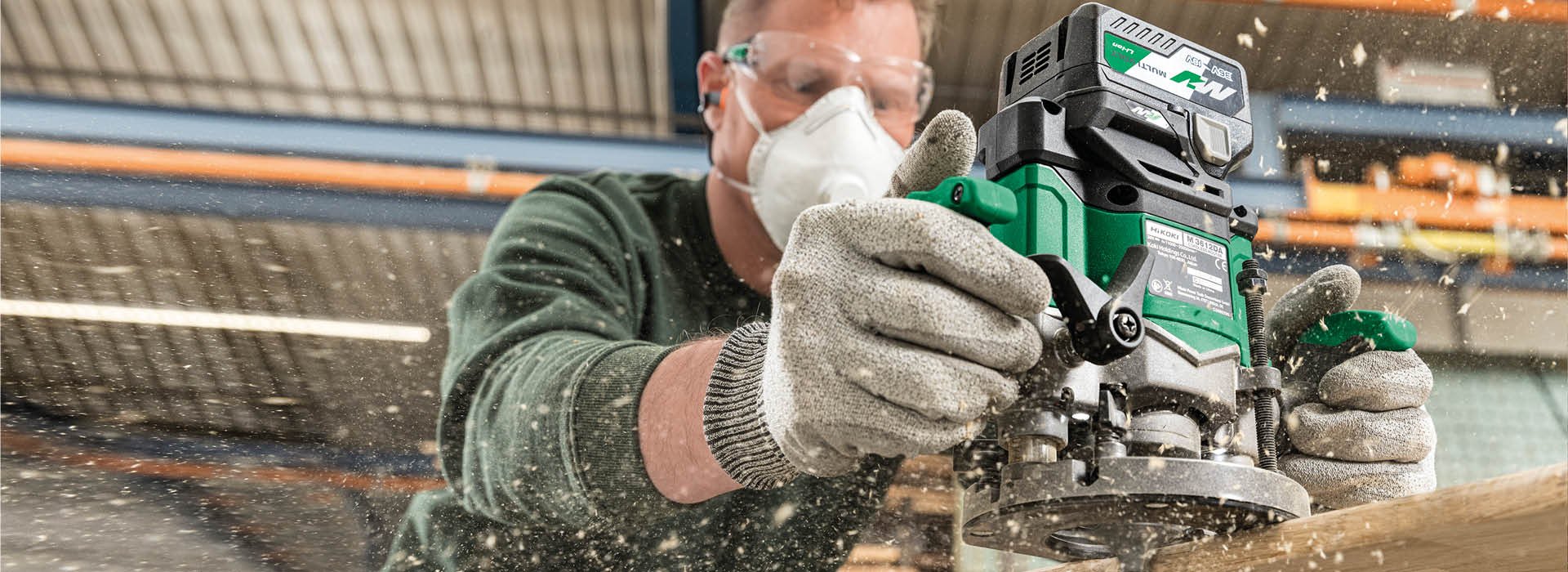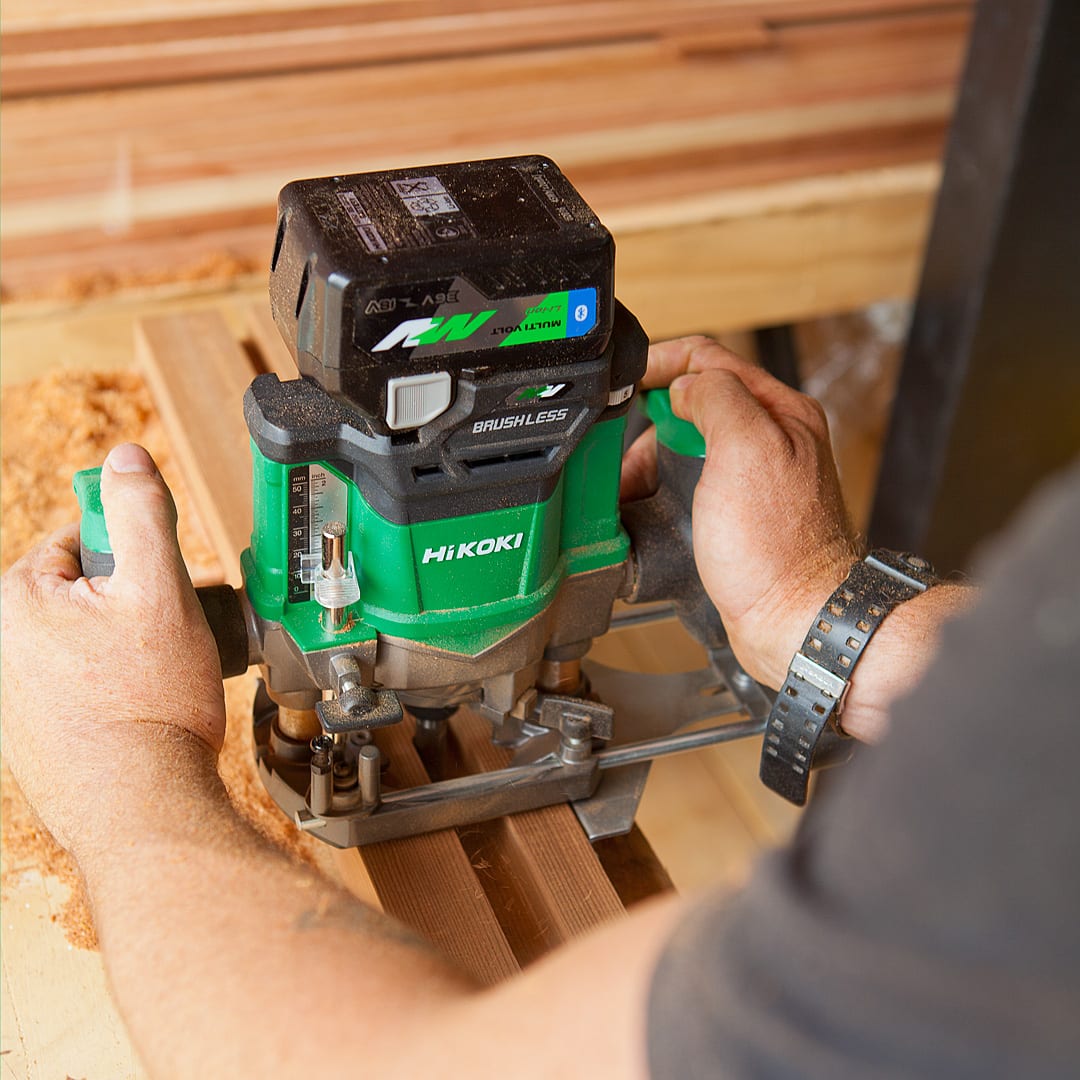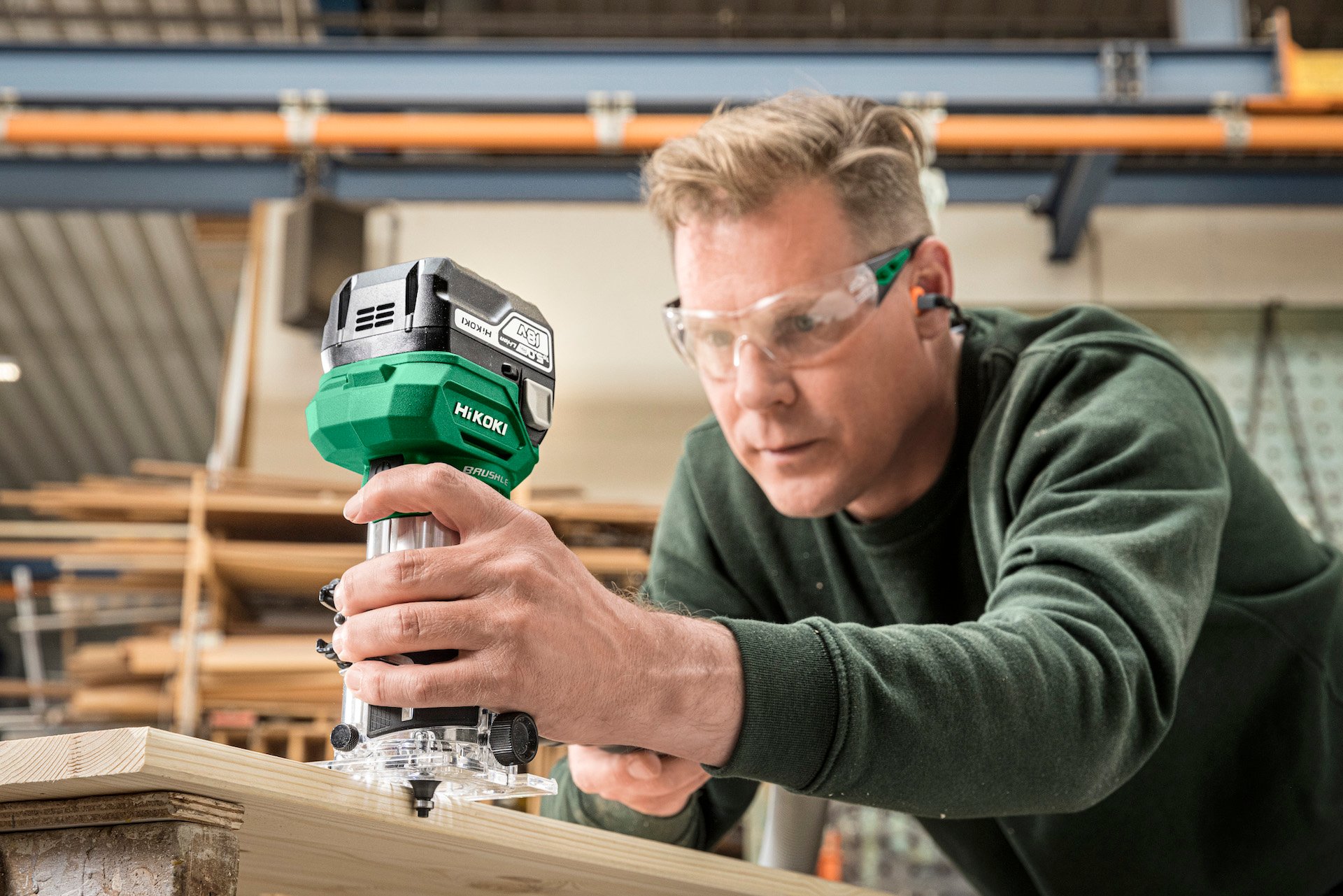Choosing the Right Router RPM for Woodwork: A Comprehensive Guide

Routers are versatile tools in woodworking, used for a variety of tasks such as shaping edges, hollowing out grooves, and creating decorative profiles. One crucial factor to consider when using a router is its speed, typically measured in revolutions per minute (RPM). Selecting the right router RPM is essential for achieving the best results in your woodworking projects. In this article, we’ll explore the importance of choosing the correct RPM and provide guidelines to help you make the right choice.
The Role of RPM in Routers
Router RPM refers to the number of times the router bit revolves in a minute. This speed determines the rate at which the router bit cuts, affecting the quality of the cut and the router’s overall performance. Using the wrong RPM can lead to issues like tear-out, burning, or even damage to the router bit and workpiece.
Factors to Consider When Choosing Router RPM
- Router Bit Size: One of the primary factors that influence RPM selection is the size of the router bit. Smaller bits typically require higher RPMs, while larger bits need slower speeds. This is because larger bits remove more material with each revolution and generate more heat. Running a large bit at high RPMs can lead to overheating and poor results.
- Wood Density: The type of wood you’re working with also plays a significant role in determining the appropriate RPM. Hardwoods like oak or maple may require lower RPMs to prevent burning and tear-out, while softwoods like pine can tolerate higher RPMs.
- Bit Material: The material from which the router bit is made can impact the choice of RPM. Carbide-tipped bits are more heat-resistant and can often be run at higher speeds compared to high-speed steel (HSS) bits.
- Bit Profile: The profile of the router bit matters. Bits with larger cutting surfaces (such as straight bits) may require slower RPMs, while bits with smaller cutting surfaces (like round-over or chamfer bits) can often be run at higher speeds.
 Guidelines for Choosing Router RPM
Guidelines for Choosing Router RPM
Here are some general guidelines to help you select the appropriate RPM for your router:
- Refer to the Manufacturer’s Recommendations: The router’s manufacturer typically provides guidelines for the recommended RPM range for different bit sizes and types. Always consult your router’s manual for specific information.
- Bit Diameter: As a rule of thumb, consider the following ranges for bit diameters:
- 1/4-inch to 1/2-inch diameter: 20,000 to 24,000 RPM
- 3/4-inch to 1-inch diameter: 16,000 to 20,000 RPM
- 1-1/4-inch to 2-inch diameter: 12,000 to 16,000 RPM
- Test Cuts: If you’re uncertain about the ideal RPM for a specific combination of wood, bit, and profile, perform test cuts on a scrap piece of wood. Start with a lower RPM and gradually increase it until you achieve the desired results.
- Consider the Feed Rate: The speed at which you move the router across the workpiece, known as the feed rate, is also crucial. Slower feed rates may require lower RPMs to prevent burning, while faster feed rates can often tolerate higher RPMs.
- Monitor the Cut: Pay close attention to the cut as you work. Signs of trouble, such as burning, excessive vibration, or tear-out, may indicate that the RPM needs adjustment.
- Prioritize Safety: Always wear appropriate safety gear, including eye protection and hearing protection. Keep your hands clear of the bit and maintain a firm grip on the router during operation.

Choosing the right router RPM is a critical aspect of achieving precise and clean cuts in your woodworking projects. Factors such as bit size, wood density, bit material, and bit profile all play a role in determining the appropriate speed. Always refer to the manufacturer’s recommendations, perform test cuts when uncertain, and prioritize safety while using your router. By selecting the right RPM for each task, you’ll enhance your woodworking skills and produce high-quality results.
Comments
Add comment